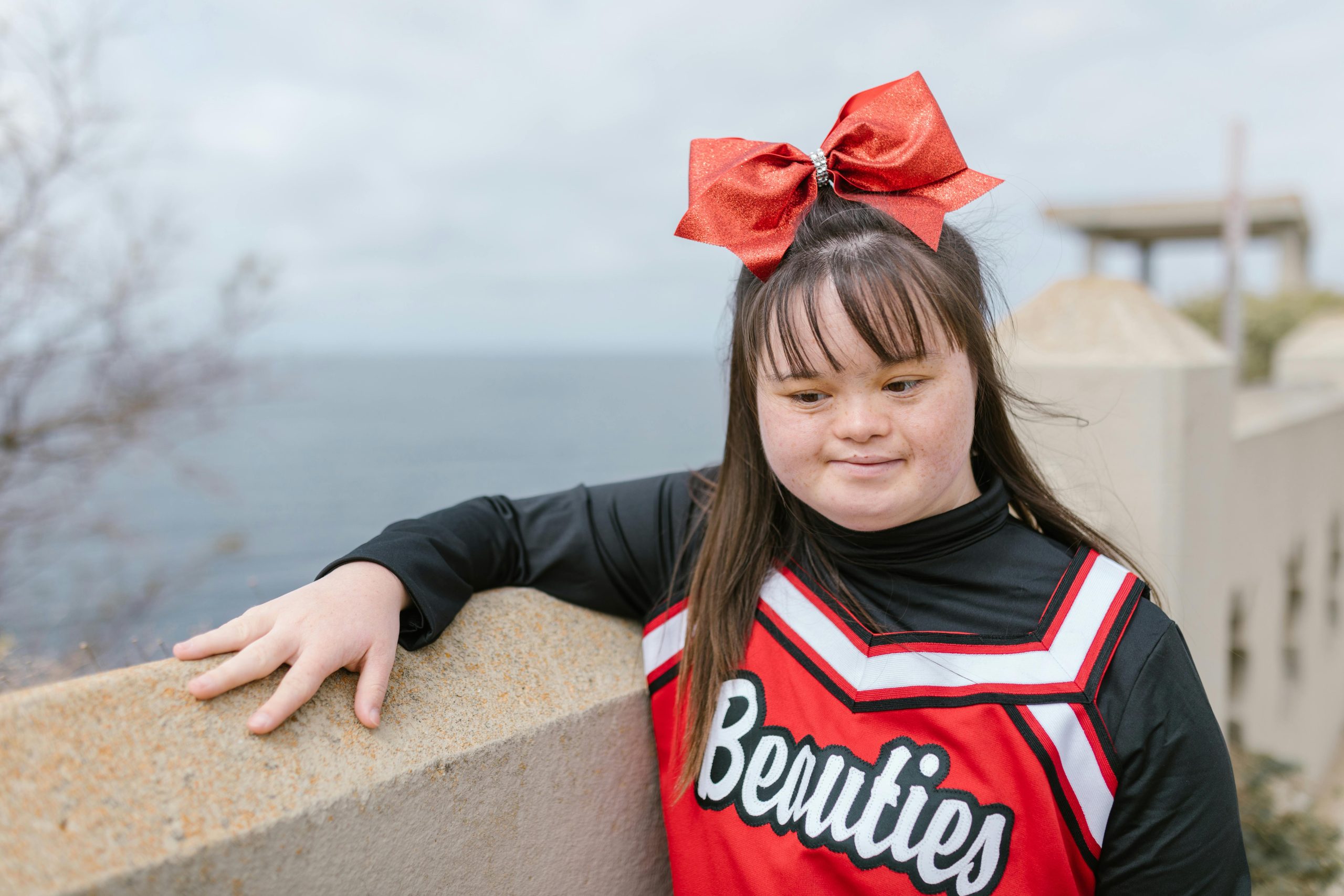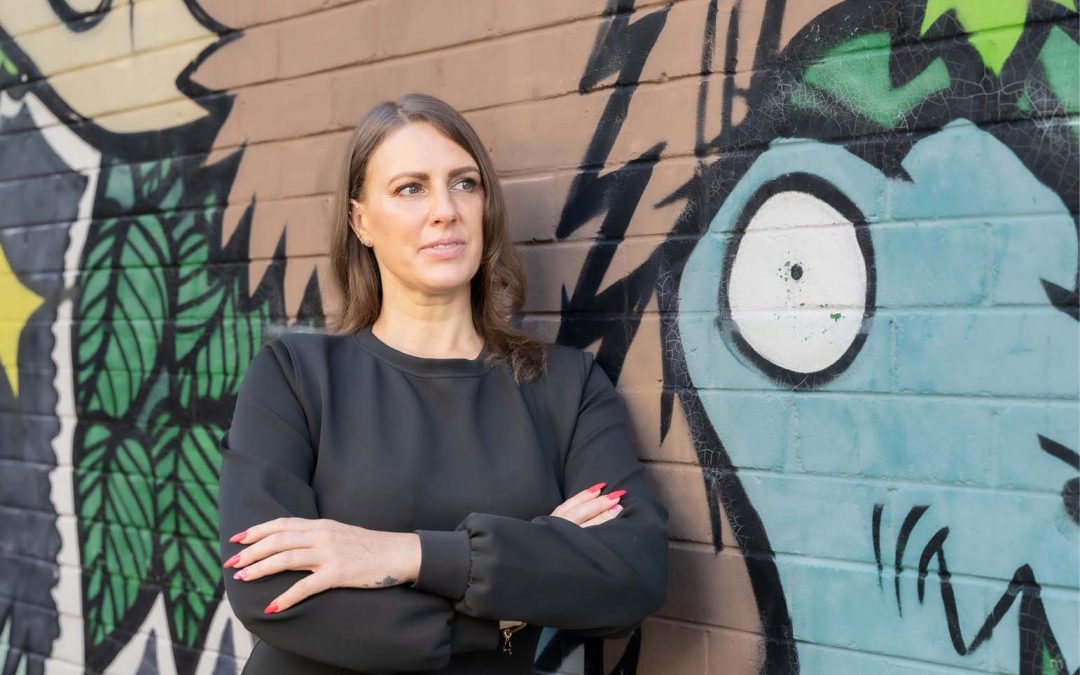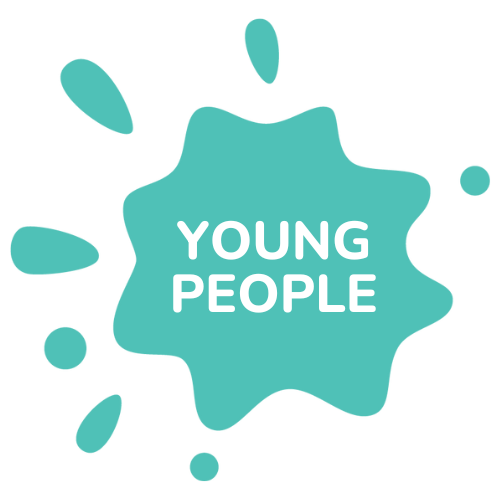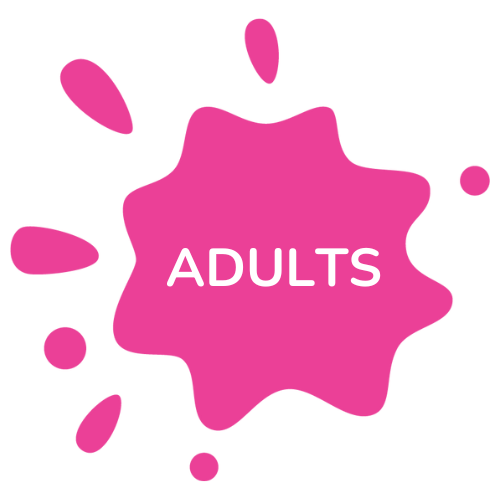Adolescence is a time of self-discovery, friendship, and personal growth. It’s a period when young people begin to understand who they are, where they fit in, and what they want from the world. Inclusivity—especially for adolescents with physical and intellectual disabilities—is not only essential for their personal growth but also critical for creating a society that celebrates diversity and empathy. When everyone is embraced for who they are, regardless of ability, we all benefit from a richer, more supportive community.
In this blog, we’ll explore why inclusivity is crucial for young people with disabilities and how it positively impacts both them and their peers.
1. Building Self-Esteem and Belonging
For young people with physical or intellectual disabilities, adolescence can come with unique challenges. Many of these teens face barriers in their daily lives, from accessing certain activities to being fully understood by peers. When schools, communities, and friendships make a point of being inclusive, young people with disabilities experience a greater sense of belonging. They feel valued for their contributions and supported for who they are.
Inclusivity helps young people with disabilities build self-confidence, recognize their strengths, and believe in their potential. For example, when peers take the time to involve them in school projects or extracurricular activities, they’re given the chance to grow their skills and show their talents, fostering a positive self-image. Feeling included allows adolescents to thrive rather than being sidelined, reminding them—and everyone else—that they are capable, important, and valued.
2. Breaking Down Stereotypes and Encouraging Understanding
Inclusivity in adolescence plays a vital role in breaking down stereotypes around disability. When teens with disabilities are active members of classrooms, social groups, sports teams, and community events, it fosters understanding among their peers. Those without disabilities learn that a person’s abilities don’t define their value. They come to see that a disability does not limit someone’s potential or make them “different” in a way that separates them from everyone else.
For example, a teen without a disability might realize that their friend with cerebral palsy is an incredible artist or that a classmate with Down syndrome has a fantastic sense of humour. When young people have the opportunity to know each other as individuals rather than labels, it breaks down barriers and fosters friendships based on respect and shared experiences.
3. Fostering Resilience and Empathy in All Teens
Inclusivity doesn’t just benefit young people with disabilities; it creates a ripple effect of resilience and empathy throughout entire peer groups. Adolescents who learn to be inclusive, compassionate, and understanding are more likely to carry these qualities into adulthood. By fostering inclusivity during the formative years, we help young people develop stronger emotional intelligence, patience, and the capacity to see beyond their own experiences.
When teens see their friends and classmates overcoming personal obstacles, it can inspire them to navigate their own challenges with resilience. Inclusivity encourages them to support one another, celebrate differences, and learn the importance of standing up for friends when they’re facing unfair treatment. These are the skills that help teens grow into well-rounded, empathetic adults who value people for who they are.
4. Practical Steps for Creating Inclusivity
Creating an inclusive environment during adolescence isn’t difficult, but it does take commitment and awareness.
Here are some ways teens and adults alike can help foster inclusivity:
- In Schools: Educators can play a vital role in fostering inclusivity by creating collaborative projects where all students participate and contribute. Modifying activities to accommodate physical or intellectual needs can be a simple yet effective way to make classrooms feel welcoming to everyone.
- Friendship Circles: Encourage friend groups to reach out and include peers with disabilities in social events, games, study sessions, and outings. When teens take the initiative to include everyone, it strengthens bonds and fosters a community of understanding.
- Extracurricular Activities: Whether it’s sports, arts, or clubs, creating accessible spaces for extracurriculars ensures that everyone has a chance to showcase their skills. Coaches, mentors, and club leaders can adapt programs to meet various needs, ensuring no one is left out.
- Open Conversations: Inclusivity starts with open dialogue. Encourage teens to ask questions, learn about disabilities, and challenge stereotypes. This is a great opportunity for educators, parents, and peers to talk about respect, understanding, and the importance of inclusive language.
5. The Benefits of Inclusivity for Society
Inclusivity during adolescence doesn’t just benefit the individual—it positively impacts society as a whole. Teens who grow up with an inclusive mindset are more likely to carry this into their adult lives, promoting diversity, equity, and compassion wherever they go. By fostering inclusivity, we’re setting the foundation for a society that values every person, celebrates different perspectives, and recognizes that diversity makes us stronger.
In a world where differences are embraced, there’s greater potential for innovation, progress, and peace. When all teens are encouraged to contribute and participate, society benefits from a broader range of skills, ideas, and solutions. Every young person deserves the chance to be part of something bigger than themselves, to know they’re valued, and to feel that their voice matters.
Conclusion: Celebrating Each Unique Journey
Inclusivity is a gift we can offer to young people during adolescence, a time when feeling accepted can make all the difference in their development. By embracing all abilities and perspectives, we create a world where everyone has the opportunity to succeed, belong, and thrive. For teens with disabilities, inclusivity means having the chance to show the world what they’re capable of. For their peers, it means learning to see others with compassion and curiosity, uniting people across differences.
As we move forward, let’s keep inclusivity at the heart of our communities. By encouraging teens to include, support, and uplift one another, we are creating a future where every individual feels valued and empowered. Embracing inclusivity isn’t just about helping those with disabilities; it’s about building a culture where everyone feels they have a place and a purpose. When teens and adults work together to create these inclusive spaces, we set the foundation for a better, kinder world.







0 Comments